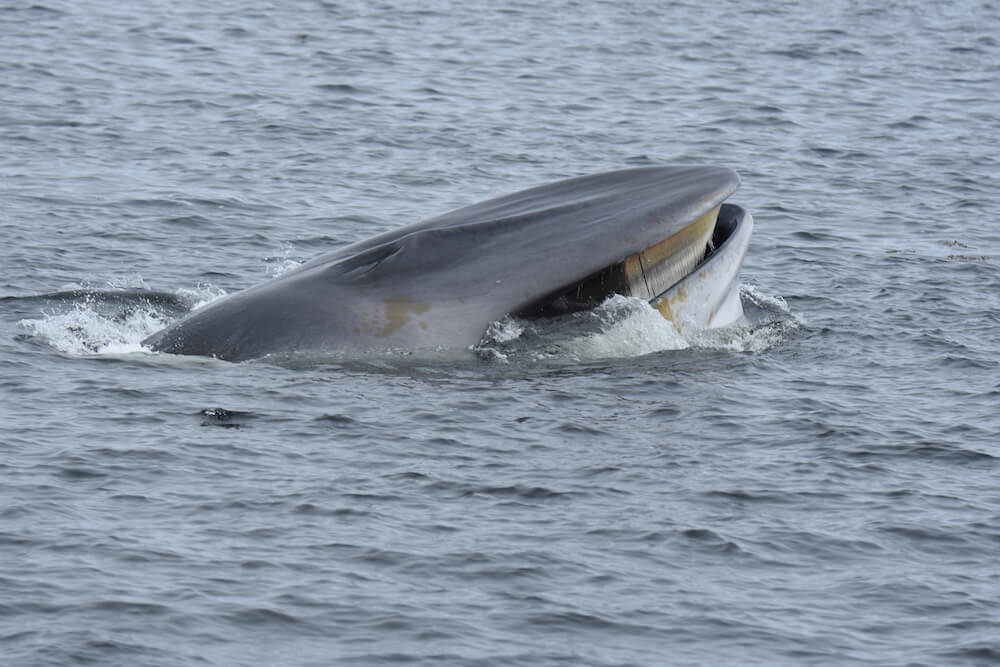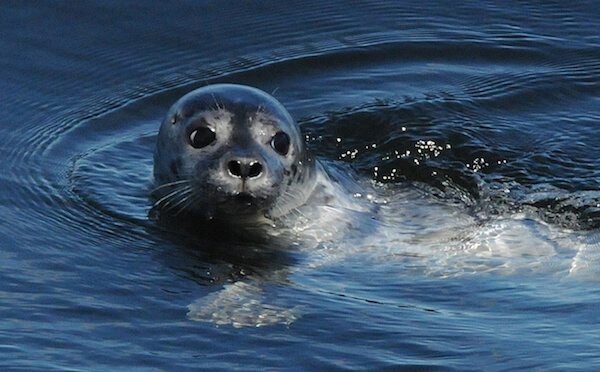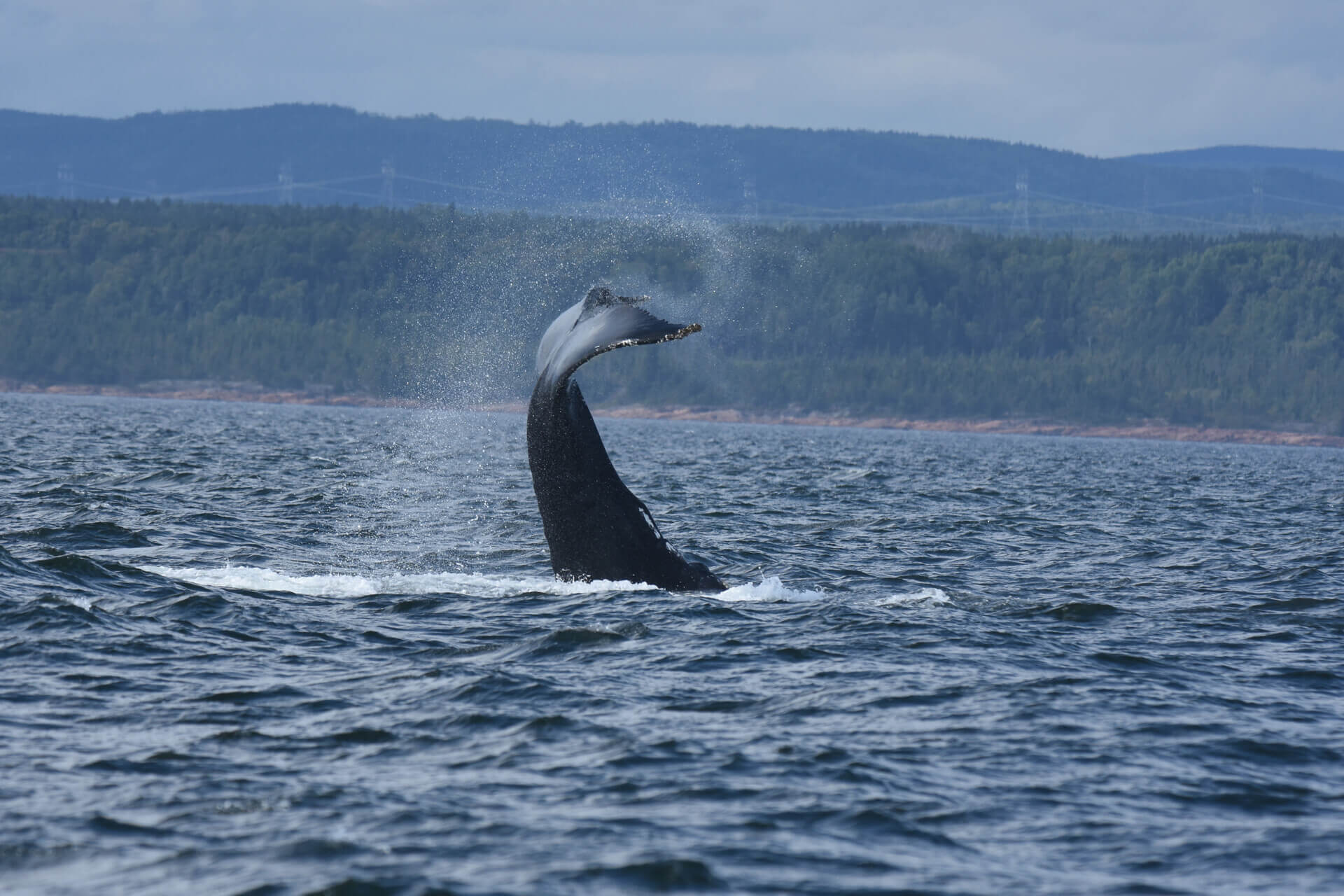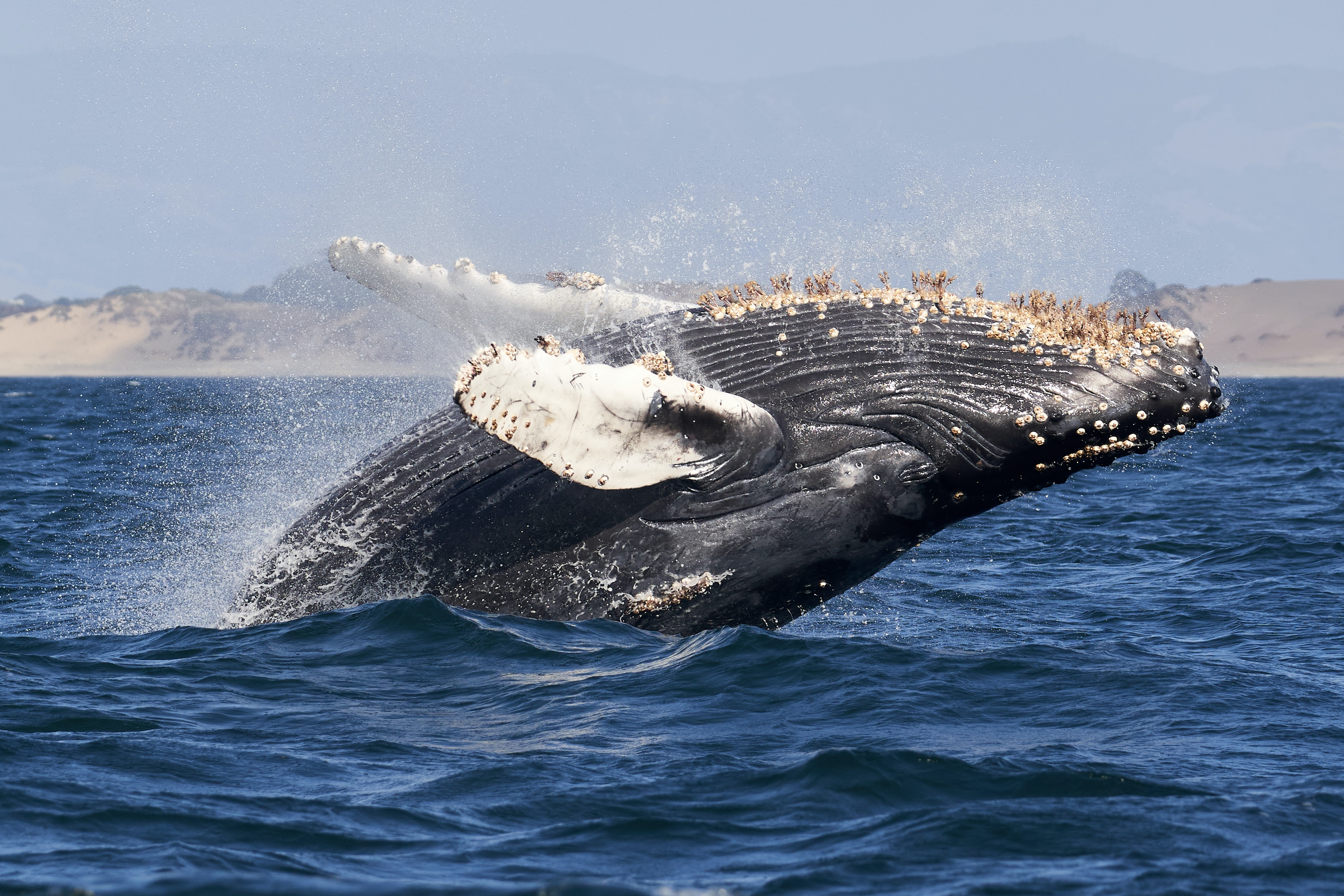By Sonia Villalon
Despite a few exceptions, pinnipeds and cetaceans do not usually drink. In most cases, water is supplied by the metabolism of prey proteins (metabolic water) and the oxidation of fat (drinking water). In cetaceans, these waters may be sufficient to maintain a water balance in the body. This is because prey contains a great deal of water and water loss due to evaporation is very low in these marine animals.
However, in an environment where water loss due to evaporation is significant, i.e. in the case of osmotic stress, many marine mammal species are believed to have the ability to hydrate by ingesting sea water. Osmoregulation is the set of internal processes that regulate the concentrations of water and dissolved salts in bodily fluids despite fluctuations in the concentrations of the external environment. We speak of osmotic equilibrium when these concentrations are kept stable, at values that allow the body to perform all of its vital functions. When this balance is lost, we refer to osmotic stress. This is the case when there is an increase in water evaporation, as it triggers an increase in salt concentration in the body.
Hydrating with salt water
How do marine mammals manage to hydrate with salt water? Through special adaptations that they have developed, unlike the majority of land mammals. Indeed, the kidneys of marine mammals are so effective that the latter are capable of excreting a urine that has a higher salt concentration than the sea water itself and are thus able to access a supply of fresh water by ingesting salt water.
But how is it possible to know when a marine mammal drinks sea water, and how much? Researchers can measure the amount of sea water ingested by an organism using isotopic tracers. These tracers are atoms that are introduced or already present naturally in water, which can be differentiated and detected thanks to their mass. Researchers add the amount of water ingested by food intake and metabolism, and then compare that amount to the total amount of water passed into the body. The difference between these two quantities gives them a good idea of the amount of sea water that has been drunk.
Several factors must be taken into account for these calculations. Indeed, an organism’s osmotic balance is influenced by its diet: prey contains salts that require water in order to be excreted by the kidneys. Moreover, salt intake from prey varies depending on the diet.
Thus, the ingestion of invertebrates such as squid or krill results in a higher salt intake into the body than the consumption of fish. This is why researchers must know precisely what the organisms are eating. Under certain nutritional conditions in captivity, they have thus demonstrated that some species, such as the hooded seal or the short-finned pilot whale, may drink salt water. Conversely, others – the harbour seal for instance – seem to never do so.
Lastly, the need to drink sea water seems to vary with climate and habitat. In fact, some species of sea lions do not drink sea water in cold water, but do when they are in warm waters.
Pour en savoir plus
- William F. Perrin, Bernd Würsig and J.G.M. Thewissen (2009), Encyclopedia of Marine Mammals (Second Edition), (ISBN: 978-0-12-373553-9) page 801
- RUDY M. ORTIZ (2001) OSMOREGULATION IN MARINE MAMMALS, The Journal of Experimental Biology 204, 1831–1844
- Gentry, R.I., 1981. Sea water drinking in eared seal. Biochem.physiol A 68, 81-86.
- Costa, D.P. and Trillmich, F. (1988). Mass changes and metabolism during the perinatal fast. A comparison between Antarctic (Arctocephalus gazella) and Galápagos fur seals (Arctocephalus galapagoensis).






